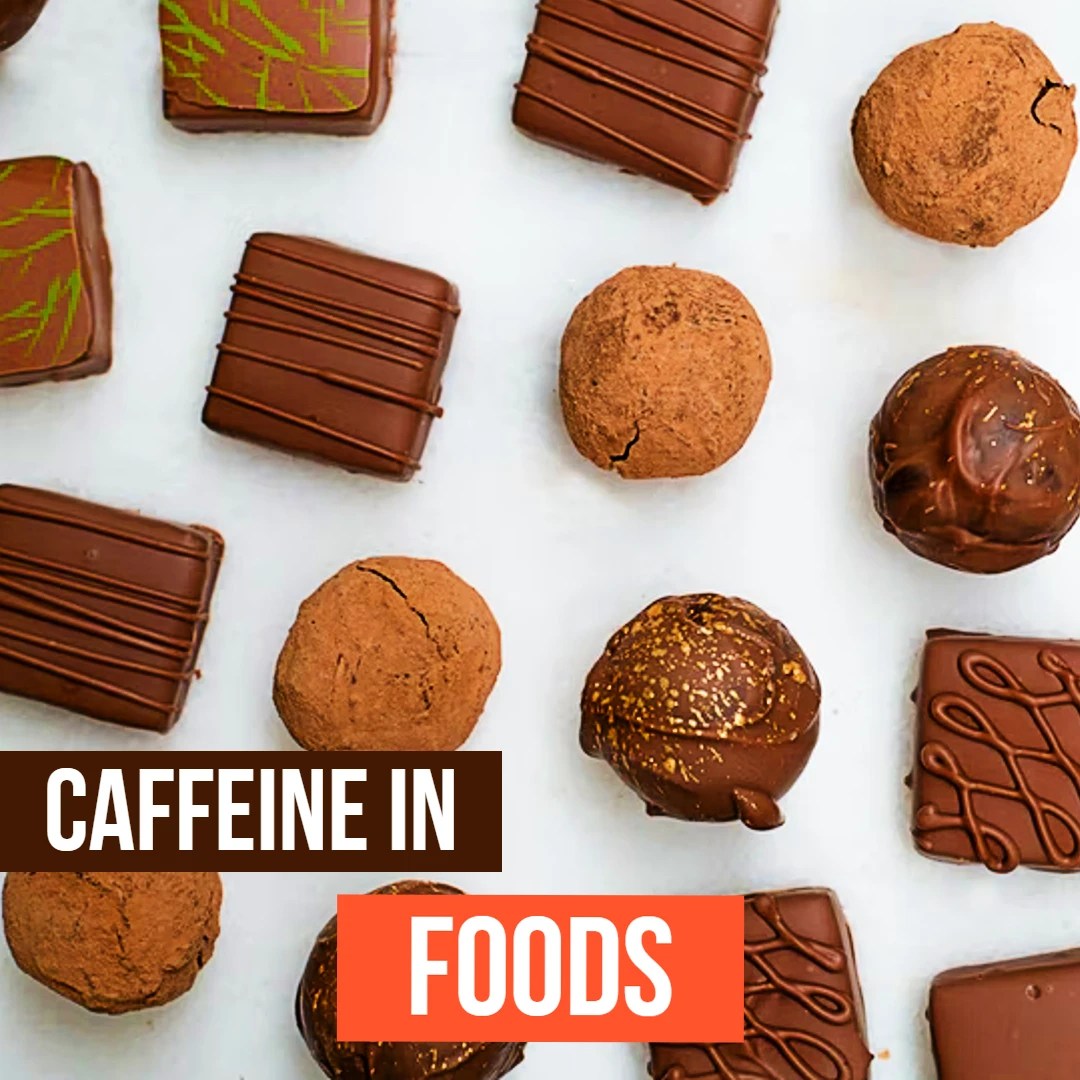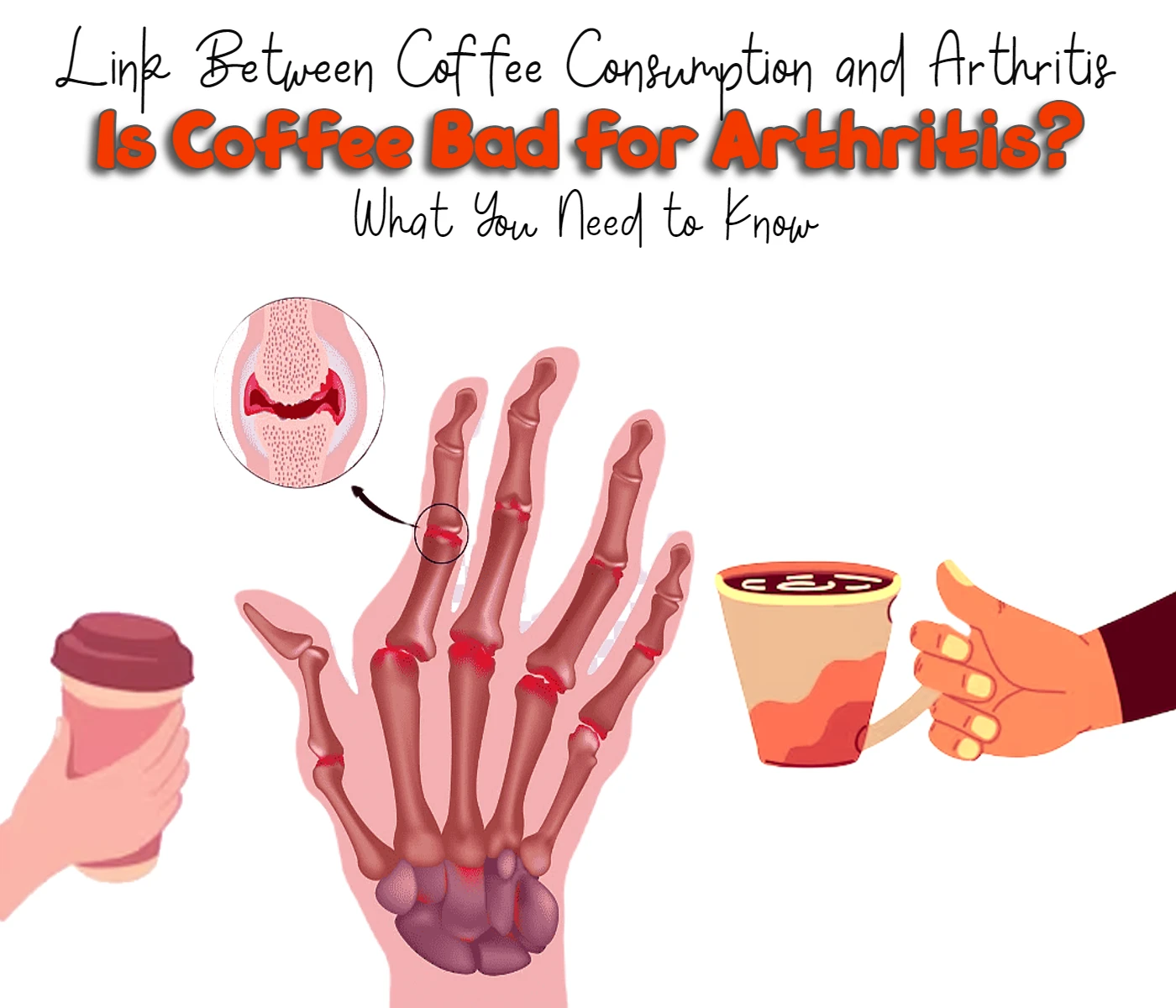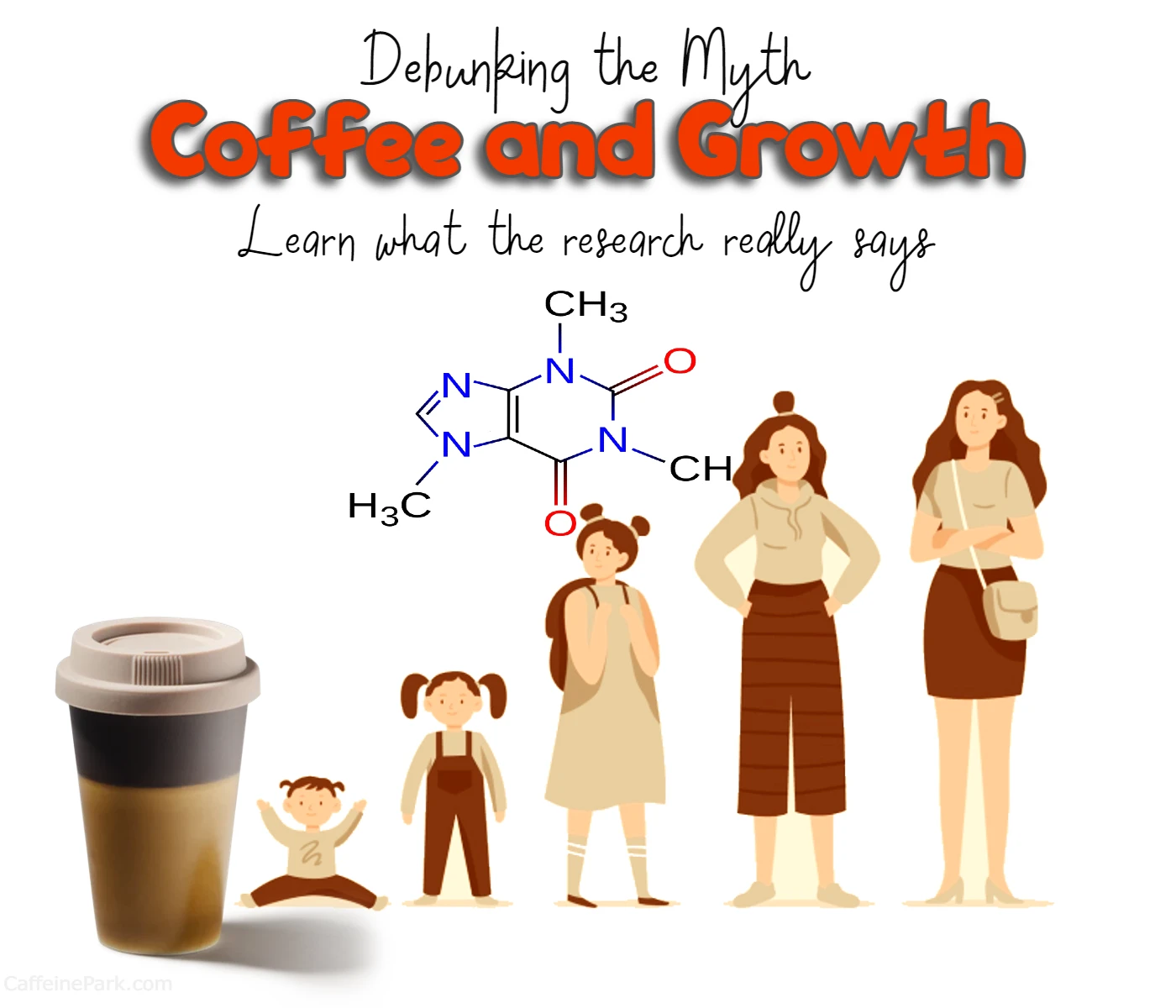Caffeine in Foods (Non-Drink Edibles)

Caffeine is a psychoactive stimulant that is commonly found in beverages such as coffee, tea, and soda. However, caffeine can also be found in a variety of non-drink edibles such as chocolate, ice cream, and medication. In this article, we will explore the sources of caffeine in non-drink edibles, the effects of caffeine on the body, and the potential risks and benefits of consuming caffeine through food.
Sources of Caffeine in Non-Drink Edibles
Caffeine is a naturally occurring chemical found in the leaves, seeds, or fruit of a number of plants. It is most commonly consumed in beverages such as coffee, tea, and soda, but it can also be found in a variety of non-drink edibles.
Chocolate is a common source of caffeine in non-drink edibles. Caffeine is present in chocolate in small amounts, with the average chocolate bar containing around 20-60 milligrams of caffeine. Dark chocolate contains more caffeine than milk chocolate, with a single ounce of dark chocolate containing around 20 milligrams of caffeine.
Ice cream can also contain caffeine, although it is not a common ingredient. Some brands of ice cream contain caffeine-containing ingredients such as chocolate or coffee, which can contribute to the caffeine content of the final product.
Caffeine can also be found in a variety of over-the-counter and prescription medications, including pain relievers, cold and flu remedies, and diet pills. It is often added to these products to help increase alertness and reduce fatigue.
Other Sources of Caffeine in Non-Drink Edibles
In addition to chocolate and ice cream, there are a number of other non-drink edibles that can contain caffeine. These include:
- Chewing gum: Some brands of chewing gum contain caffeine as an added ingredient. Caffeine is often added to gum to help improve alertness and increase concentration.
- Energy bars and drinks: Energy bars and drinks are marketed as a way to boost energy and improve physical performance. They often contain caffeine as well as other ingredients such as vitamins and minerals.
- Nuts: Nuts such as almonds and pistachios can contain small amounts of caffeine.
- Baked goods: Some baked goods such as brownies and cookies can contain caffeine if they are made with chocolate or coffee-flavored ingredients.
Caffeine Content of Non-Drink Edibles
The caffeine content of non-drink edibles can vary widely. The following is a list of the average caffeine content of some common non-drink edibles:
- Chocolate: 20-60 milligrams per chocolate bar
- Chewing gum: 5-10 milligrams per piece
- Energy bar: 50-100 milligrams per bar
- Energy drink: 80-100 milligrams per 8-ounce serving
- Nuts: 5-10 milligrams per ounce
- Baked goods: 5-10 milligrams per serving
FAQs about Caffeine in foods
What are some common sources of caffeine in non-drink edibles?
Some common sources of caffeine in non-drink edibles include chocolate, ice cream, chewing gum, energy bars and drinks, nuts, and baked goods.
How much caffeine is typically found in non-drink edibles?
The caffeine content of non-drink edibles can vary widely. Chocolate bars typically contain 20-60 milligrams of caffeine per bar, while chewing gum can contain 5-10 milligrams per piece. Energy bars and drinks can contain 50-100 milligrams and 80-100 milligrams of caffeine per serving, respectively. Nuts can contain 5-10 milligrams of caffeine per ounce, and baked goods can contain 5-10 milligrams per serving.
Are there decaffeinated options for non-drink edibles that contain caffeine?
Yes, decaffeinated options are available for many non-drink edibles that contain caffeine. Decaffeinated chocolate is available in a variety of forms, including chocolate bars and chocolate chips. Decaffeinated coffee is also an option for those who wish to avoid caffeine while still enjoying the flavor of the coffee. Decaffeinated ice cream and other caffeine-containing non-drink edibles may be harder to find but are still available in some areas.
Read More:





